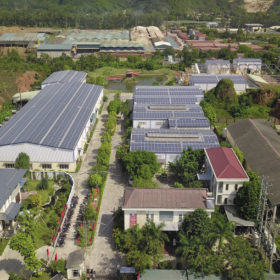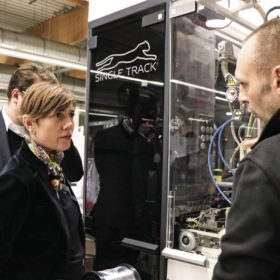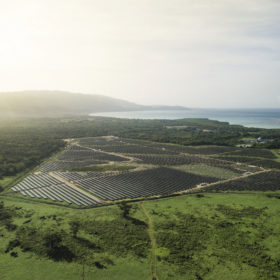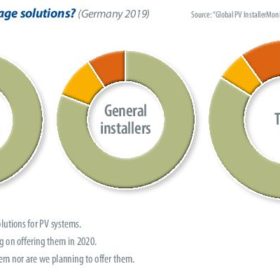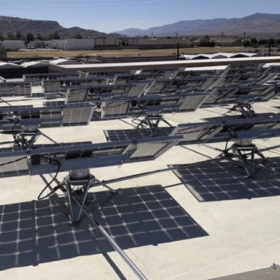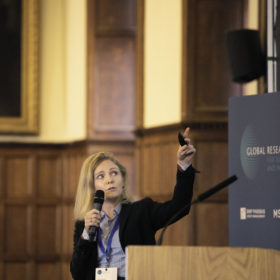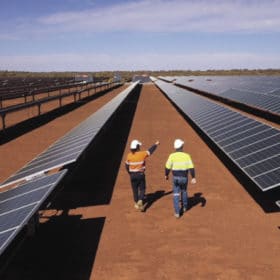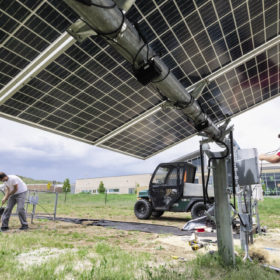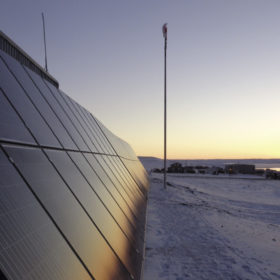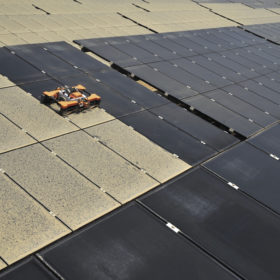Stable at the top table
The surge of new solar installations in Vietnam last year saw the nation soar to the top ranks of PV-focused countries. But rather than shining brightly and then fading away, the Southeast Asian nation could be here to stay as a serious solar heavyweight, writes Q Cells’ Ian Clover.
Climate-neutral EU before 2050
The European Commission has positioned the Green Deal at the center of its policy priorities. The goals have been set: climate-neutrality, zero greenhouse gas emissions, and the complete decarbonization of the energy sector by 2050. The stakes are high, writes SolarPower Europe CEO Walburga Hemetsberger, but thus far Commission President Ursula von der Leyen has made good on her promises.
Solar heads south
This year, pv magazine’s annual In Conversation special turns its focus to the Global South. We have gathered a series of interviews from regions the world over that illustrate how solar is making positive contributions across the Global South, from bringing cheap, reliable power to energy-poor communities, to powering the development of emerging economic giants.
European storage – Start of a new growth phase?
In general, the tale of photovoltaics in Europe has been a success story, albeit one not completely devoid of obstacles and hurdles. The idea of producing clean energy was pushed by tailwinds when CO2 emissions skyrocketed and the catastrophic Fukushima incident once more made us recognize the hazards of nuclear energy. However, the PV industry still has a long way to go to reach its full potential.
Rooftop racking in the US: Innovation and consolidation
Racking is the unsung hero of a PV installation, securing panels and protecting wiring while keeping the panels faceing the sun to ensure maximum energy yield. And innovations in the field help installers and developers to squeeze every available kilowatt-hour out of a project. Eric Wesoff and Tim Sylvia take a look at some of the latest products in the U.S. rooftop racking market.
Behind the curve
Even as solar installations continue to grow and renewables make their way further into the energy mix, a look at the bigger energy picture reveals a worrying lack of commitment among utilities to a transition away from fossil fuels. This was the conclusion of researchers at Oxford University, who found that globally, less than half of all utilities have prioritized the development of renewables over the past 20 years. Even among those that have focused on solar and wind, just 15% actually reduced commitments to fossil fuels at the same time.
Solar mining is on the move
Mining companies the world over are looking to electrify their operations with solar, but many obstacles have been holding back uptake. Perhaps the most obvious has been the disconnect between the longevity of solar assets and the short-term outlooks of many mining companies. However, recent developments have shown that solar is more flexible than a gymnast and just as mobile.
All about albedo
With analyst predictions going as high as 40 GW for annual bifacial demand by 2023, it is imperative for stakeholders across the industry to understand the behavior of these modules in the field. Ground albedo and the way that diffuse and reflected light hits the rear side of the modules are the key concerns. A better understanding of these factors, gained from sophisticated yield-modeling simulations and bifacial test installations all over the world, has already helped to identify the challenges and opportunities in optimizing projects to maximize bifacial energy yield.
Remote possibilities
If the Canadian Arctic strikes you as a place that doesn’t have enough sunlight for PV, you wouldn’t necessarily be correct. Although there are periods of 24-hour darkness in winter, there are locations with sufficient sunlight for PV to make a major dent in remote communities’ diesel consumption, reports Anteo Petkovic, from Green Sun Rising.
The research behind dust mitigation
Solar PV is surging in the Middle East, due to its sustainability and decentralized nature. But with the ample sunlight of the region comes fine dust, which can sharply reduce power output. Zulfa Rasheed from the Rochester Institute of Technology in Dubai looked at the latest research in the field and found that module-glass coating and robotic solutions appear to be the most promising options when it comes to dealing with dust.
